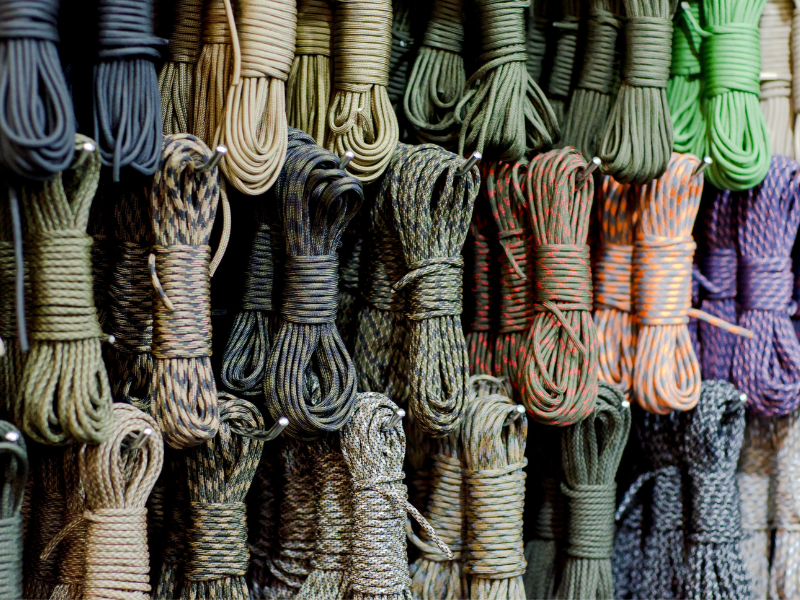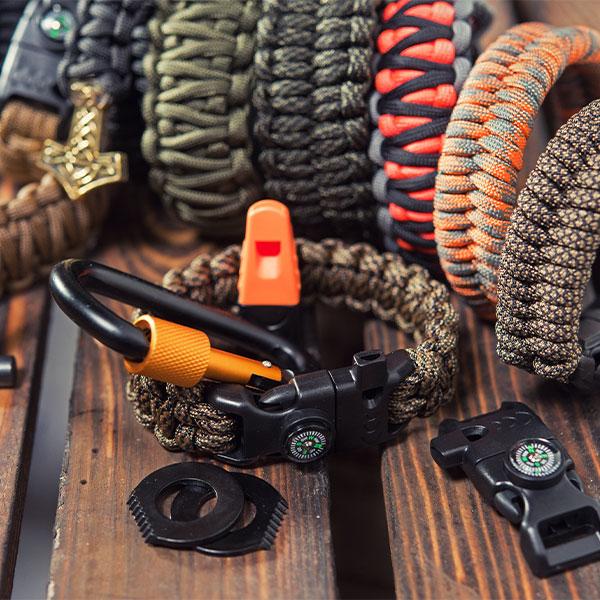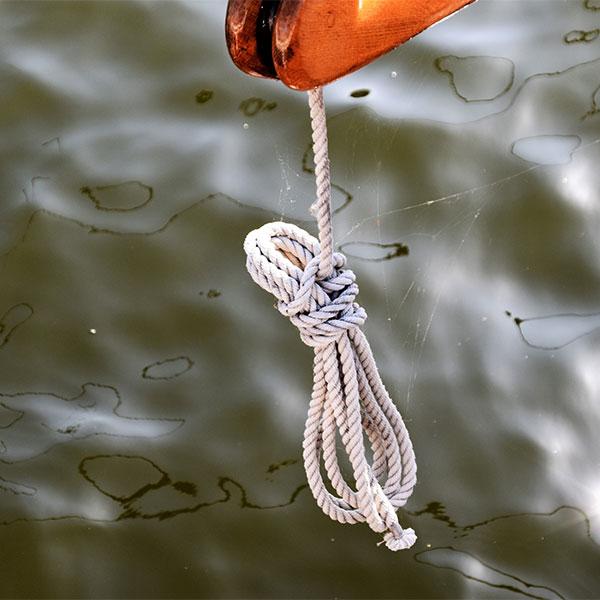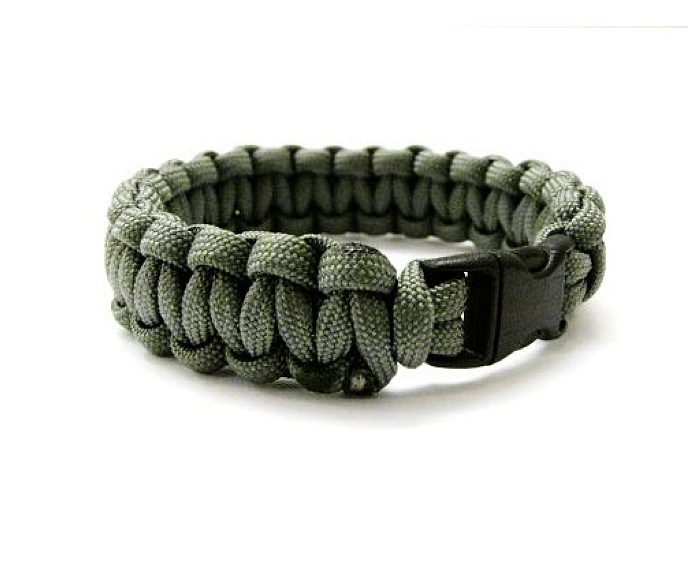Learn how to tie essential knots that could make a difference in critical situations.
Bowline Knot
The bowline is excellent for emergencies as it doesn’t slip or jam. It's versatile and perfect for situations requiring a strong, non-tightening loop.
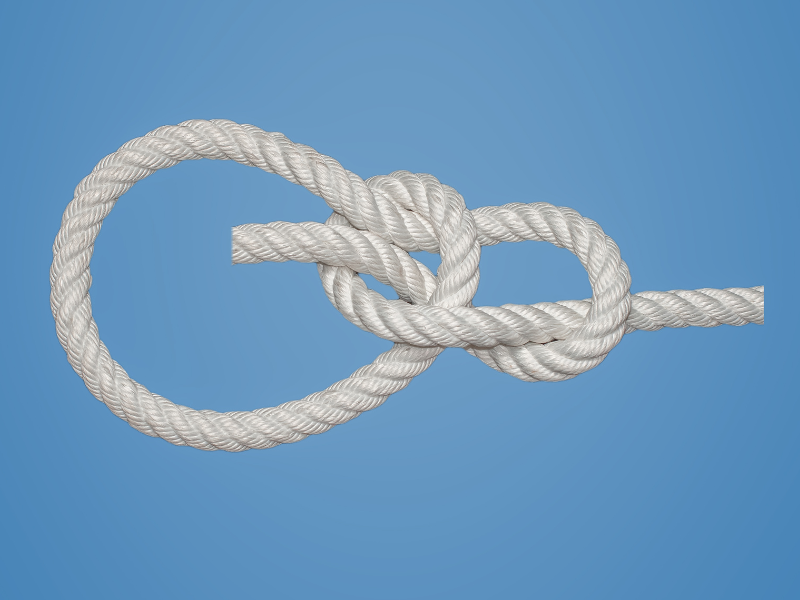
- Make a small loop with the right end of the rope.
- Insert the end through the loop, creating a larger loop.
- Wrap the end around the back of the rope, just before the first loop.
- Pass the end through the small loop again.
- Tighten the knot securely.
Prusik Loop
The Prusik loop is a friction-based knot popular in mountaineering. It holds under pressure and can move when loosened, making it highly adaptable.
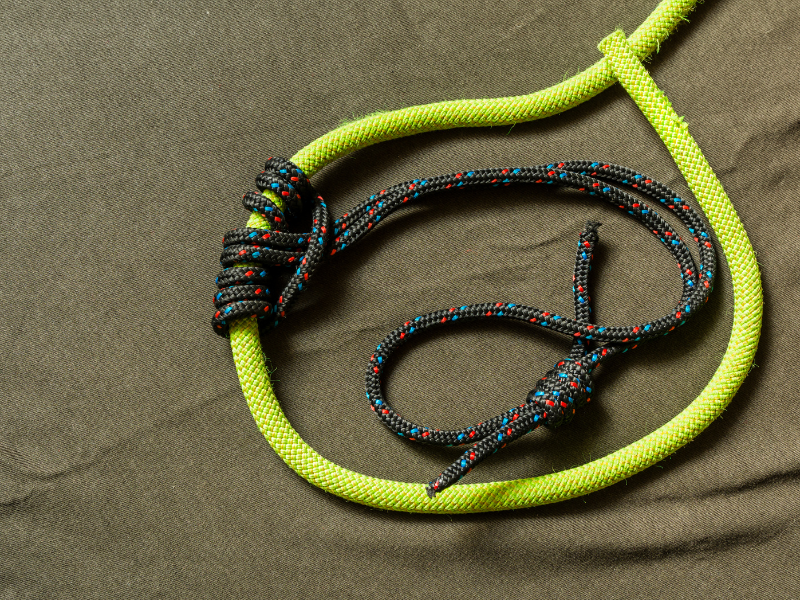
- Use two ropes: one as the anchor and the other for the loop.
- Lay the anchor rope flat.
- Tie both ends of the second rope to create a loop.
- Place the loop under the anchor line.
- Wrap the loop over and under the anchor line three times.
- Tighten the knot securely on the final turn.
Double Fisherman’s Knot
This knot is ideal for joining two ropes into one. It’s commonly used for extending rope length or securing one rope to another.
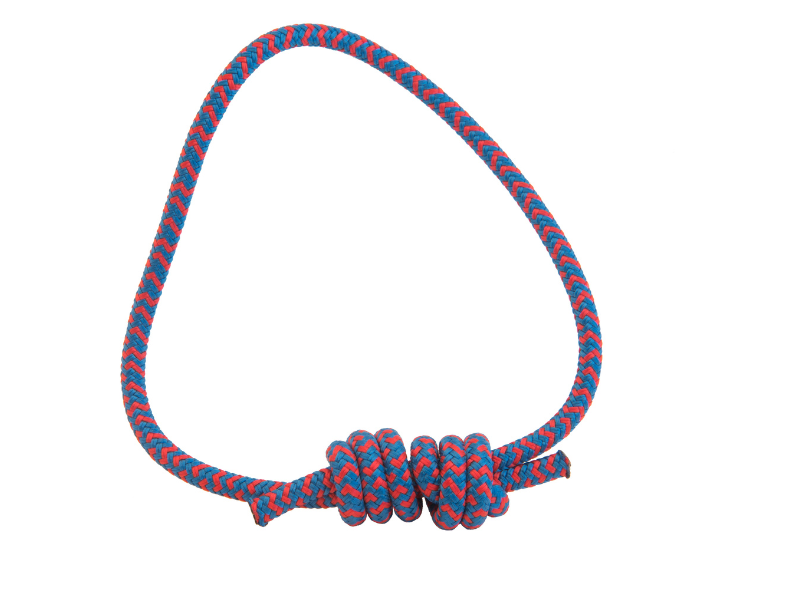
- Place two ropes parallel to each other.
- Make a loop with one rope, passing it over and under the second rope twice.
- Insert the end into the loop created.
- Repeat the same process with the other rope.
- Pull both ropes to tighten the knots.
Square Knot
Originally used for securing sails, the square knot is great for tying two ropes together. However, it is not ideal for heavy loads as it may loosen under strain.
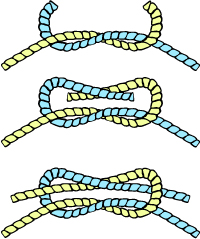
- Hold one end of the rope in each hand.
- Cross the right end over the left and wrap it around.
- Repeat with the left end over the right.
- Tighten the knot.
Figure Eight Knot
A figure eight knot is reliable for creating a loop at the end of a rope, especially under strain. It's widely used for climbing and securing loads.
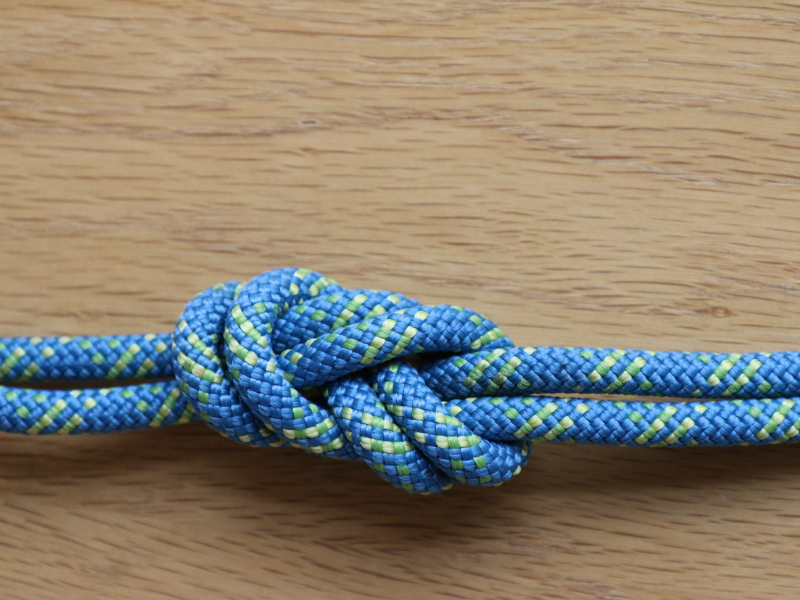
- Form a figure eight at the rope's end.
- Thread the tail through your harness as required.
- Rethread the figure eight, following its original path.
- Tighten the knot and ensure proper alignment.











